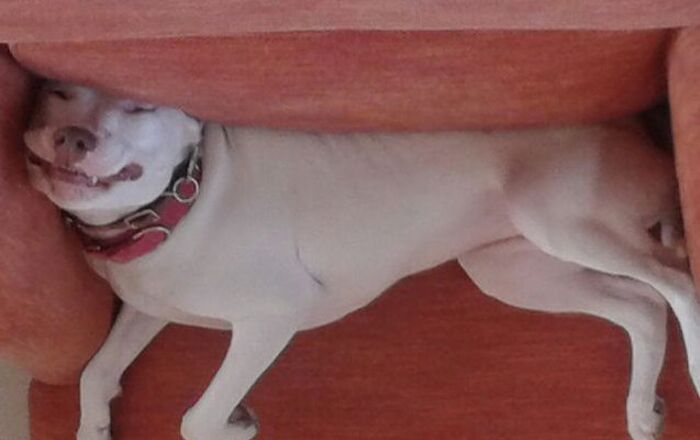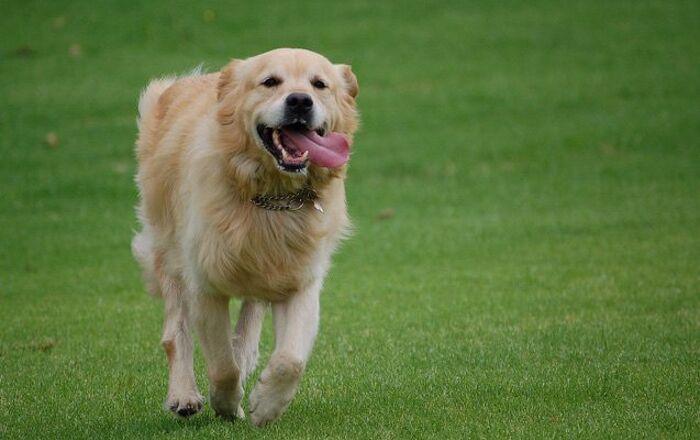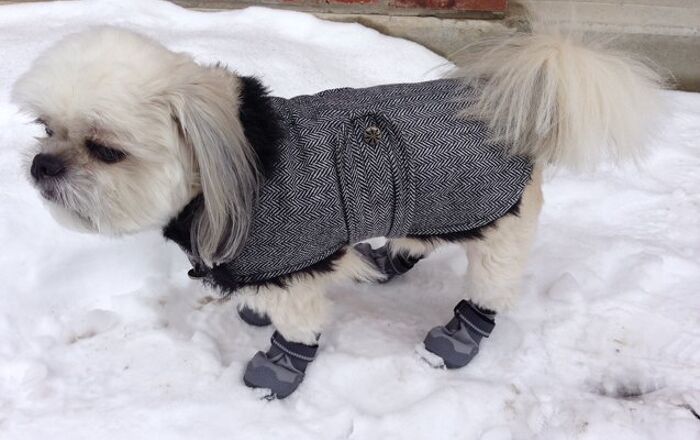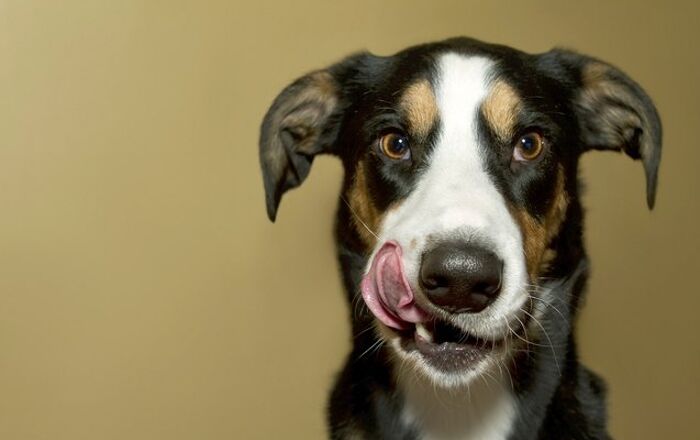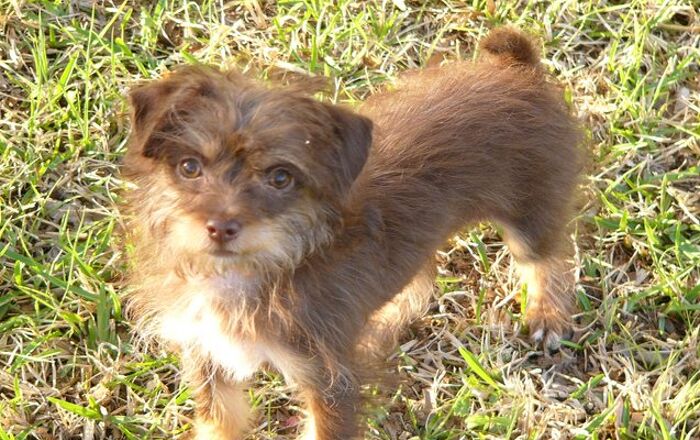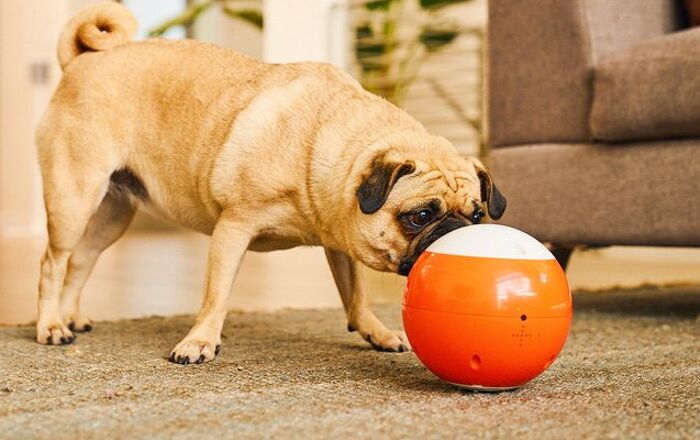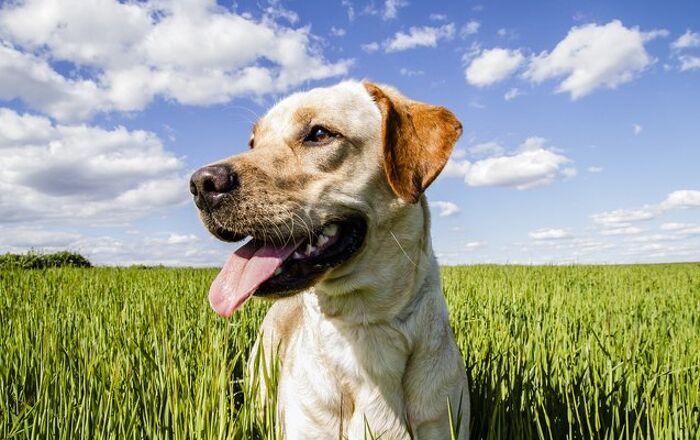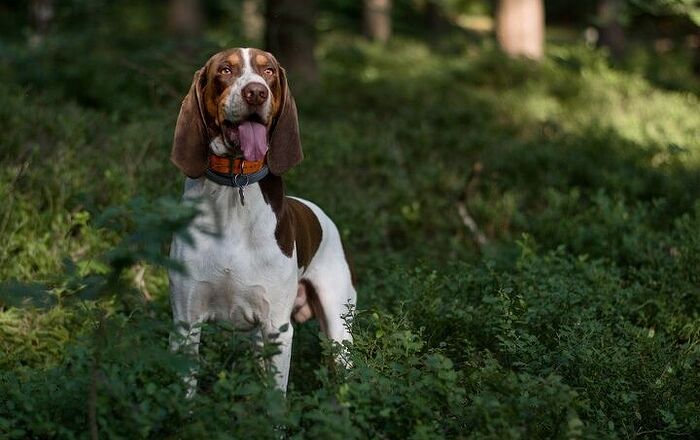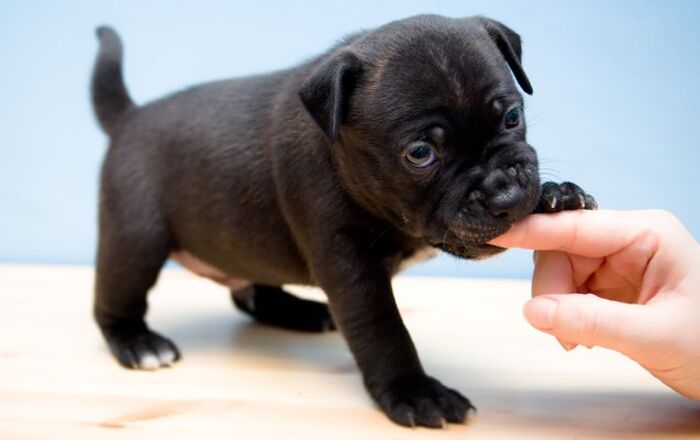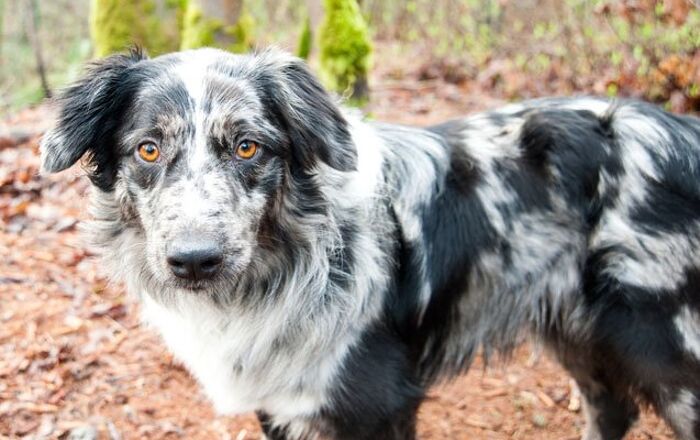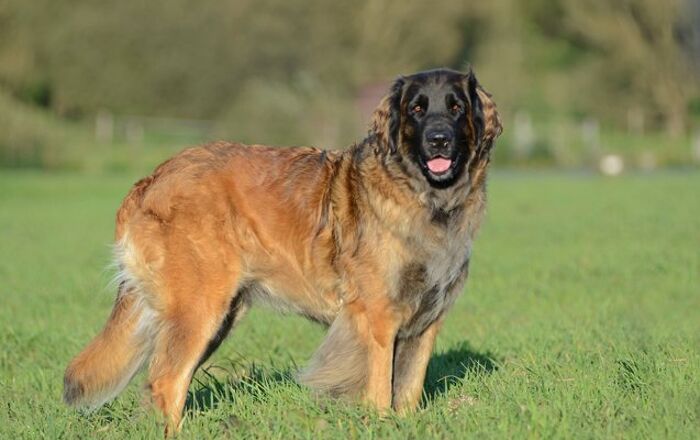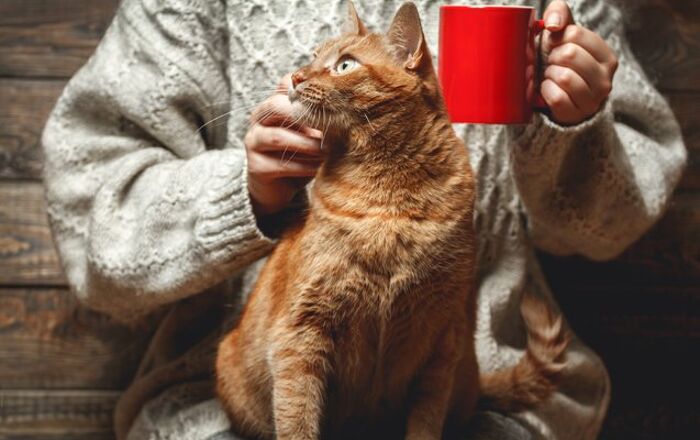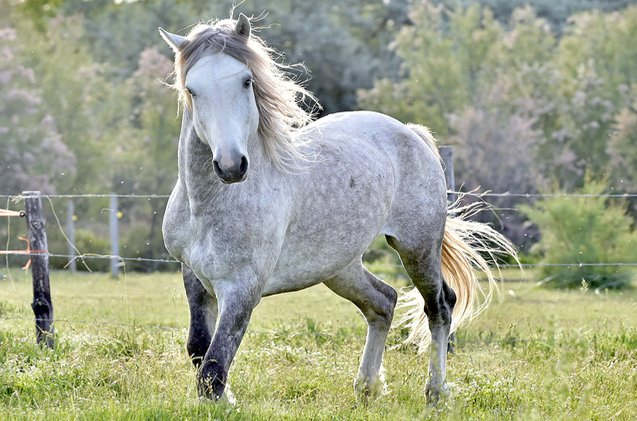
Mustang Horse Breed History
Wild horses that roamed throughout North America went extinct almost 10,000 years ago, likely as a result of overhunting. It was not until the famous Spanish Conquistador, Hernando Cortes, reintroduced horses to the continent that they began to roam freely again. In fact, during campaigns led by the Spanish in the New World, horses were often lost or would escape and became stray animals. Those horses would become known as the Mustang Horse.
The American Mustang, which is now known as “The Symbol of the American West,” derived its name from the Mexican word “mestengo,” which is derived from “mesteño,” the Spanish term for “feral” or “stray.”
The American Mustang is also known as “The Symbol of the American West.”
For almost two centuries, the wild horse population in North America was encouraged by the Spanish government, which would ship horses with the specific purpose to release them into the wild. This was done in order to deter Native Americans from stealing the horses of the Spanish settlers. Over 10,000 of these horses were released, and they spread throughout the west from the Rio Grande area. As they spread, they bred with other feral horses to create the Mustang Horse.
Mustangs are a mix of the Andalusian, Arabian, and Barb horse breeds, and Native Americans were quick to adopt these horses in order to use them to hunt, to fight in battles, and to be easily transported from place to place. The animals were even used as bartering items.
Americans also tried to improve the Mustang Horse during their migration to the west in the 1800s. Western ranchers would allow their horses to freely forage, and then they would end up taking in Mustangs that would join their own groups of horses.
It was not until 1962 that the American Mustang Association, also known as the AMA, was created to serve as the registry for the American Mustang in San Diego, California. Today, a horse has to conform to the AMA’s physical size and proportions standards, regardless of whether the ancestry or bloodline is pure.
Breed Traits
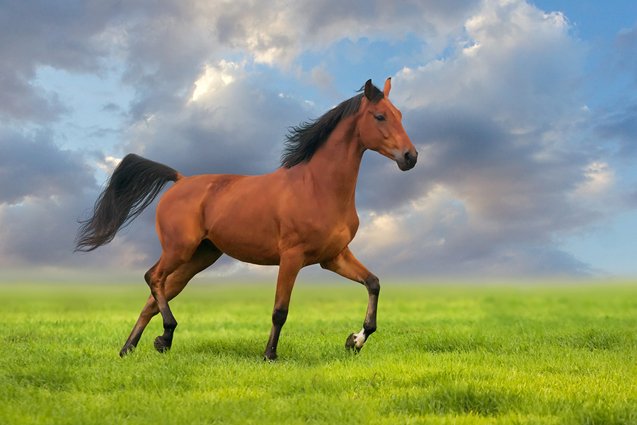
Because of its wild ancestry and personality, the Mustang Horse could be quite difficult to train initially. This breed is known for having a streak of independence that it is not afraid to show off. And this is especially true when American Mustangs are taken in from their wild habitats.
Once an American Mustang is trained properly by an experienced horse handler, however, this highly intelligent breed will make a wonderful riding companion. These horses are willing to learn and work with their riders. Plus, they are also even tempered, so they can be used in a variety of ways, such as for endurance riding and for pleasure riding.
The Mustang Horse is even tempered, so they can be used in a variety of ways, such as endurance and pleasure riding.
Overall Description
The American Mustang Horse is truly lovely in appearance, with its symmetric and majestic carriage. It is easily noted that each body part is beautifully proportioned to the rest.
This breed features a highly crested and long neck that will blend smoothly as it moves into the sloping shoulders. The Mustang Horse can also be identified by its head, which will narrow down into a fine muzzle, giving this horse a proud and unique appearance.
Overall, the Mustang Horse has a muscular body that provides its strength, athleticism, and high endurance levels, but it is a lightweight breed. The horse’s muscles are particularly noted in its defined legs, which are long, as well as in the back, which is straight. And, finally, these horses will feature rounded, compact hooves, along with a tail that is set low.
Mustang horses come in a wide range of colors that include the standard horse colors.
Colors
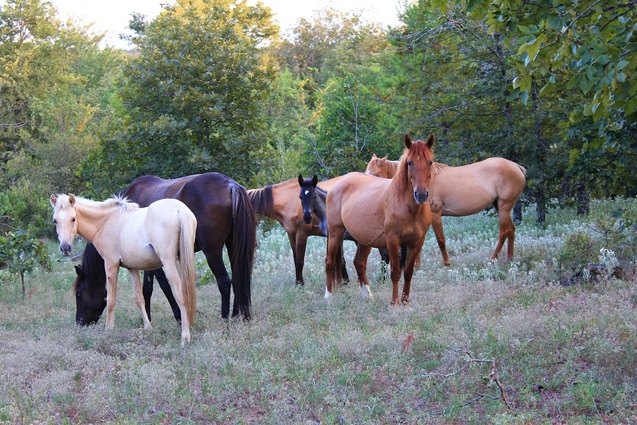
Mustang horses come in a wide range of colors that include the standard horse colors.
You can find Mustangs showcasing beautiful colors like chestnut, black, and bay, as well as white, champagne, cremello, grey, dun, grullo, buckskin, pinto, palomino, roan, perlino, and spotted.
Grooming Requirements
In terms of grooming, the Mustang Horse is easy to care for. A regular grooming routine that includes brushing and washing your horse with shampoo and conditioner will ensure that you can bond with your animal and keep its coat looking smooth, healthy, and clean.
A stiff-bristle or medium-bristle body brush, which is also referred to as a dandy brush, can be used to remove dirt, dust, and debris from a Mustang’s coat. However, you should use a smaller brush with soft bristles along the horse’s legs and face, which are sensitive areas. You can also use a curry comb in a circular motion in order to effectively remove any dirt that is stuck on the coat, as well as remove any loose hair.
To clean out all of the rocks and dirt that accumulate in a Mustang’s hooves, all you need is a hoof pick. And to keep your horse’s tail and mane looking healthy, you can purchase specific brushes that are designed for these areas.
Photo credit: Callipso88/Bigstock; DesignsAndImages/Bigstock; SURZ/Bigstock

